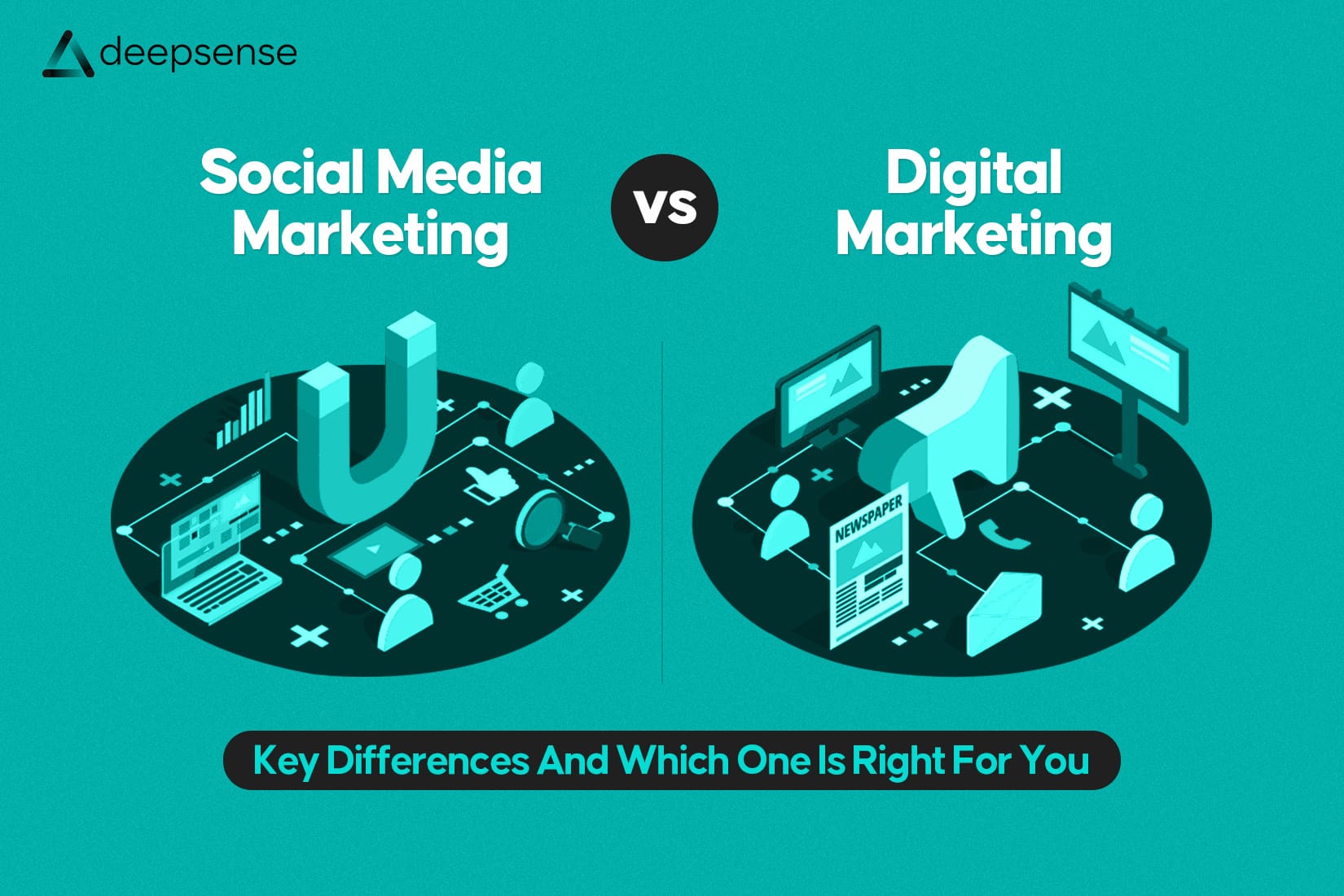Picture this: You run a great business, you have loyal customers, and your product or service speaks for itself. But one day, a competitor with a slick website, a great Instagram page, and WhatsApp ordering starts pulling away your customers.
Why?
Because in today’s world, being good isn’t enough. You also need to be visible, accessible, and smartly connected, all of which happens when your business goes digital.
So, whether you’re running a boutique, a consultancy, a bakery, or a logistics firm, this guide will help you turn your business into a digitally powered machine.
First Things First: What Does “Going Digital” Really Mean?
Let’s clear the air. Going digital doesn’t mean giving up your physical store or operations. It means enhancing your business using technology so that everything runs smoother, faster, and better.
It’s about:
- Selling and interacting online
- Automating repetitive tasks
- Making decisions based on data
- Giving customers an easier, more modern experience
Think of it like this: You’re not just running a business. You’re building a smart business.
Step-by-Step: How to Take Your Business All-Digital
Let’s break it down into 8 practical steps, so you know exactly where to start and how to move forward.
Step 1: Build Your Digital Identity
Your online presence is your new business card, and first impressions count.
Start with:
- A clean, user-friendly website
- A Google Business Profile so you show up on Maps and Search
- Branded email like [email protected]
- Social media profiles on Instagram, LinkedIn, or Facebook
Even if you’re a hyperlocal business (like a bakery or tuition center), having an online presence makes people trust you more and find you easily.
Step 2: Enable Online Sales or Bookings
Whether you’re selling a product or service, you need to make it easy to buy or book online.
If you sell products:
- Create an online store using Shopify, WooCommerce, or Amazon Seller Central
- Integrate UPI, debit/credit cards, and wallet payments
- Add inventory, shipping, and order tracking systems
If you offer services:
- Set up online appointment booking (Calendly, Booksy, Zoho Bookings)
- Offer video consultations using Zoom or Google Meet
- Send automated confirmations and reminders
A customer should be able to see, select, and pay, all without calling you.
Step 3: Digitize Your Backend Operations
You can’t go digital in front and stay manual behind the scenes. Digitizing your internal systems is where the real efficiency happens.
Use tools for:
- Accounting & Invoicing: QuickBooks, Zoho Books, Vyapar
- Team Collaboration: Notion, Trello, Asana
- Employee Management: Keka, Zoho People
- Customer Database: Use a CRM like HubSpot or Freshworks
Result? Less paperwork, fewer mistakes, and way more productivity.
Step 4: Start Digital Marketing
Now that you’re set up, how will people find you?
This is where digital marketing comes in.
Begin with:
- Social Media Marketing: Share updates, reels, testimonials
- Search Engine Optimization (SEO): Rank on Google organically
- Google & Meta Ads: Target specific customers with offers
- Email Marketing: Send newsletters, offers, and updates
- Content Creation: Write blogs, shoot videos, create tutorials
Pro tip: You don’t need to be on every platform. Just pick 2 where your audience hangs out and be consistent.
Step 5: Automate Your Customer Communication
Customer engagement should never feel like a chore. Let tech handle it!
Set up:
- WhatsApp Business with auto replies and catalogs
- Email auto-responders for sign-ups or inquiries
- Chatbots on your website (Tidio, Drift, or Intercom)
- CRM tools to manage leads, follow-ups, and feedback
Customers today expect instant responses, not a callback 2 days later.
Step 6: Go Cashless — Enable Digital Payments
The fewer barriers you put between you and your customer, the better.
Offer payment options like:
- UPI/QR code
- Credit/Debit Cards
- Wallets (Paytm, PhonePe, etc.)
- Payment Gateways (Razorpay, Stripe, Instamojo)
Also use:
- Auto-invoicing tools
- Payment reminders
- Auto-GST and tax calculations
Bonus: Digital transactions are easier to track, audit, and scale.
Step 7: Track Everything With Data
You can’t improve what you don’t measure.
Use tools like:
- Google Analytics (to track website performance)
- Meta Ad Manager (for Facebook/Instagram campaigns)
- Search Console (to track SEO performance)
- CRM dashboards (to see customer activity, deals, conversion rates)
Start looking at data weekly, what’s working, what’s not. It’ll save you time, money, and energy.
Step 8: Digitize Customer Support
Support is the new sales. A satisfied customer is your best promoter.
Here’s how to modernize your support:
- Use ticketing tools (Freshdesk, Zendesk)
- Offer WhatsApp or live chat support
- Have an FAQ section or knowledge base
- Request reviews and act on feedback
Digital support = faster resolution, happier customers, better brand loyalty.
A Real-World Example
Let’s say you run a handmade candle business in Kochi.
Before going digital:
- You rely on exhibitions, word-of-mouth, and Instagram DMs
- Inventory is tracked manually
- Payments are mostly cash or GPay
- Sales dip during off-season
After going digital:
- You launch a Shopify store
- Integrate Razorpay for secure payments
- Set up email campaigns for product launches
- Run Instagram ads during festivals
- Use WhatsApp Business for inquiries and order updates
What changed?
- Orders come from across India
- Sales increase by 40%
- You spend less time managing and more time growing
Bonus Tips
- Don’t try to digitize everything in one go, start with the most urgent areas
- Always back up your data
- Upskill yourself or your team, watch YouTube, take a free course
- Customer experience should guide every decision
- Use free tools before jumping into paid ones
Final Thoughts
Taking your business all-digital isn’t just a smart move, it’s the next step forward.
It makes your business:
- Easier to run
- More scalable
- More resilient
- And most importantly, more profitable
You don’t need to be tech-savvy to start. You just need to be open to change, curious to learn, and brave enough to begin.
2025 is already digital, your business should be too.
FAQs
1. How do I make my business digital?
To make your business digital, start by transforming your offline operations into online ones. This includes:
- Creating a digital presence (website, social media, Google My Business).
- Using digital tools for sales (e-commerce platforms, payment gateways), customer management (CRM), and marketing (email, social, SEO).
- Digitizing internal operations, like cloud-based documentation, project management, and invoicing.
Go step-by-step: digitize your customer touchpoints first, then your backend operations.
2. How can a business go digital?
Going digital is both a mindset and a process. Here’s how:
- Step 1: Digital Audit – Understand what parts of your business can be digitized.
- Step 2: Build Digital Infrastructure – Website, payment systems, customer portals.
- Step 3: Adopt Cloud-Based Tools – For storage, HR, sales, communication (e.g., Slack, Zoho, Salesforce).
- Step 4: Digital Marketing – SEO, PPC ads, email, and social media to acquire customers online.
- Step 5: Train Your Team – Upskill your team in digital tools and processes.
Remember: start small, scale smart.
3. How do I start my own digital business?
Here’s a roadmap to start your digital business:
- Identify a niche or problem you can solve digitally.
- Validate your idea through research, MVPs, or surveys.
- Choose a digital business model (e.g., e-commerce, SaaS, digital products, consulting).
- Set up your digital assets – domain, website, hosting, tools.
- Create a marketing strategy – content, SEO, paid ads.
- Start lean – prioritize value creation over perfection.
Tip: Focus on a solution people are already searching for online. That’s where digital wins.
4. How do I become a digital business?
Becoming a digital business means offering value, delivery, and experience primarily through digital channels. You do this by:
- Replacing or augmenting traditional processes with technology.
- Offering products or services that can be discovered, purchased, and used digitally.
- Leveraging data analytics to drive decision-making.
- Creating an omnichannel customer experience.
Digital business is not just being online, it’s being optimized for a digital-first world.
5. Which digital business is best?
There’s no “one-size-fits-all” answer, but high-potential digital business models in 2025 include:
- SaaS platforms (solve recurring business problems)
- Online courses and coaching (education is booming digitally)
- Affiliate marketing or dropshipping
- Subscription boxes with digital ecosystems
- Digital products (eBooks, templates, toolkits)
- Content monetization (newsletters, podcasts, YouTube)
Choose one based on your skills, passion, and market demand. The best digital business is one you can sustain and scale.
6. How do I start digital products?
Here’s how to launch digital products:
- Choose a format – eBook, course, template, software, art, music, etc.
- Validate demand – check if people are searching for or buying similar products.
- Create the product using tools like Canva, Notion, Google Docs, or course platforms.
- Pick a platform – Gumroad, Podia, Teachable, Shopify, etc.
- Market it online – SEO, email lists, content, paid ads.
- Automate delivery – so people can buy and receive instantly.
Start with something simple but valuable. Feedback will guide the upgrades.
7. Is digital business profitable?
Absolutely, if done right. Digital businesses often have:
- Low overhead costs (no rent, minimal staff)
- Global reach (you can sell anywhere)
- Scalable models (one product sold many times)
- Recurring revenue potential (subscriptions, memberships)
However, success depends on the value you provide, how well you market, and your customer experience. Profitability grows over time with the right strategy.











